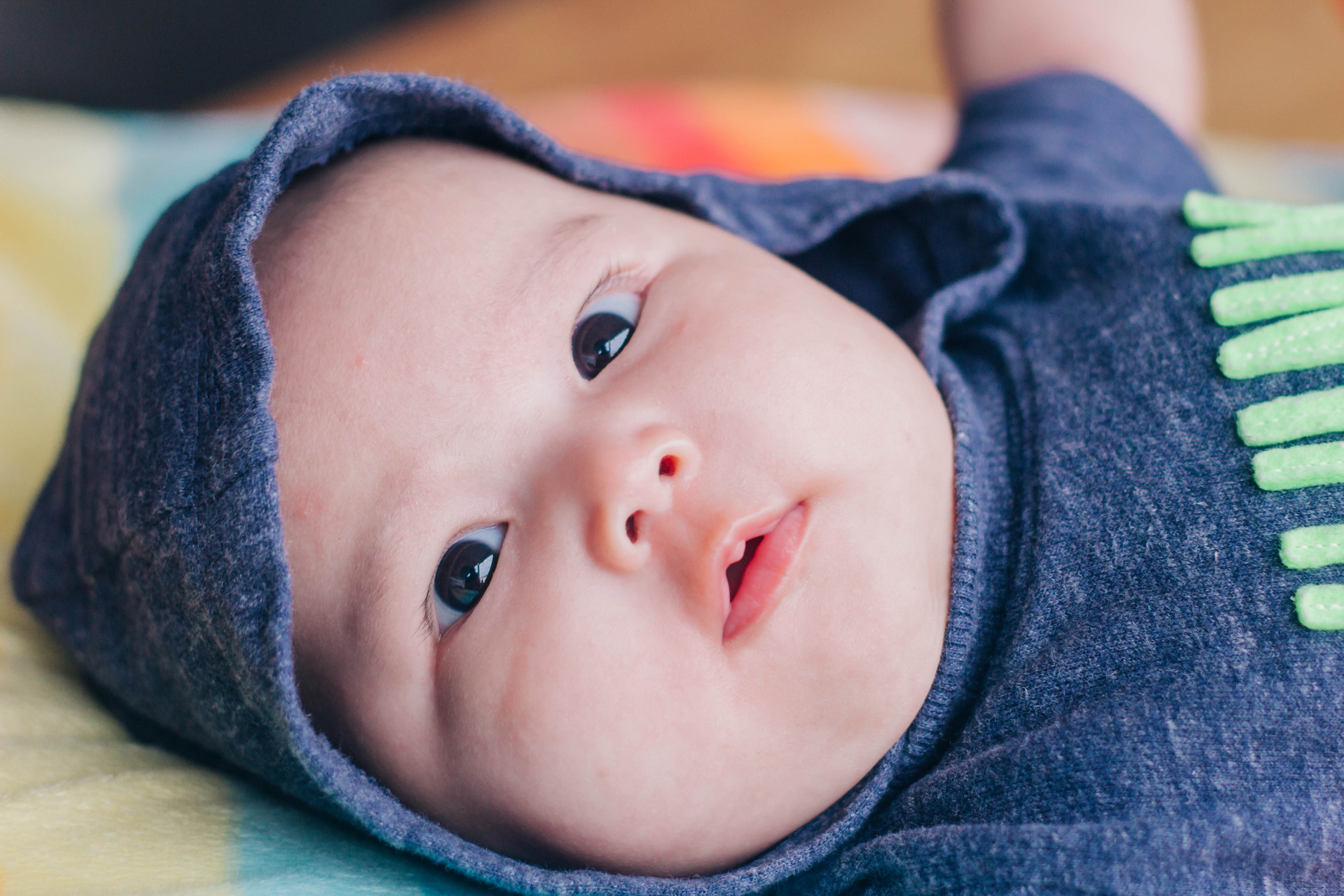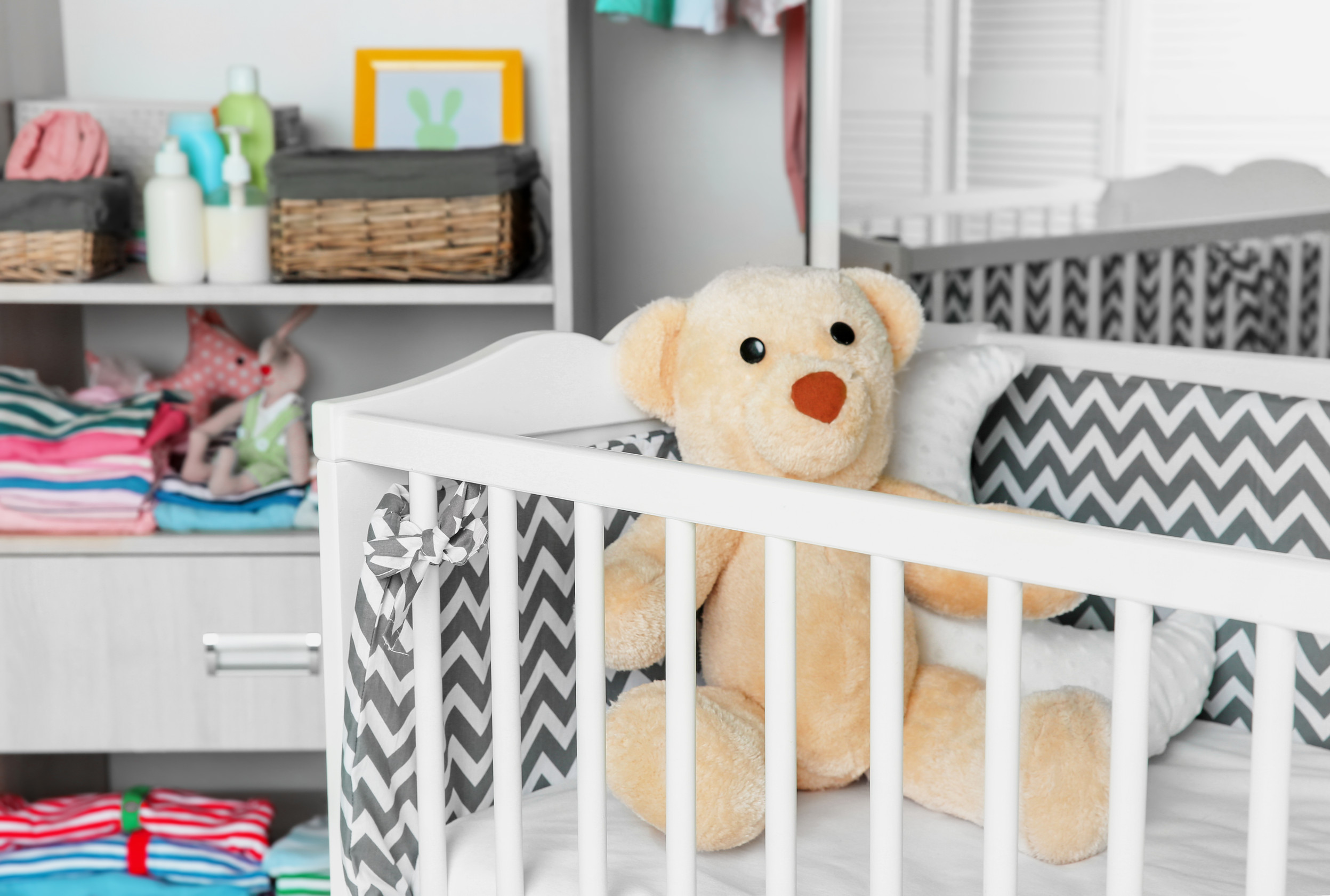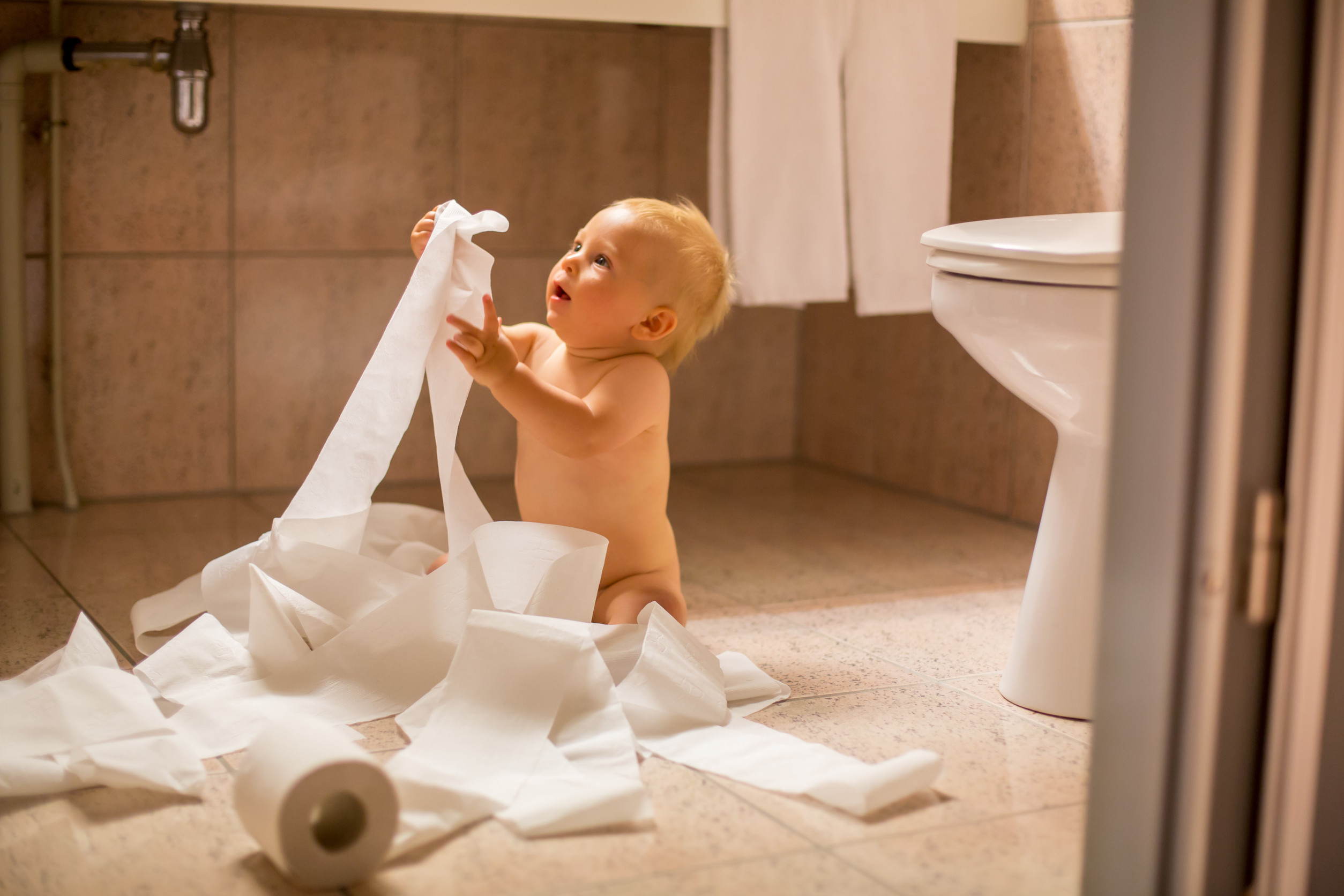If you’re a parent, chances are your home still holds more than a few relics from your baby’s early years. From pacifiers buried in drawers to baby monitors collecting dust in closets, those once-essential items have a way of sticking around long after they’ve served their purpose. While some parents hold on to them for sentimental reasons, others simply forget they exist until a major cleanup brings them to light. Identifying these forgotten baby items can help reclaim space, reduce clutter, and even uncover opportunities to donate or repurpose. Here are ten of the most common culprits still hiding in homes across America.
1. Outgrown Bottles and Sippy Cups
Those colorful bottles and sippy cups once lined your kitchen cabinets, but they often end up tucked away “just in case.” Many families keep them for future kids or visiting toddlers, only to forget about them entirely. Unfortunately, plastic deteriorates over time, making old cups unsafe for reuse. If they’re still in good shape, local donation centers or baby consignment stores may take them. Otherwise, it’s time to recycle and reclaim that valuable cabinet space.
2. Baby Monitors That Never Got Unplugged
When your little one first arrived, a baby monitor provided peace of mind during every nap and bedtime. But once your child started sleeping through the night, that monitor may have become another piece of unused tech gathering dust. Many forgotten baby items fall into this category—electronics that linger long after their usefulness ends. Modern models also become outdated quickly, with newer versions offering Wi-Fi or camera monitoring. Consider donating or recycling old units responsibly instead of letting them linger in a drawer.
3. Burp Cloths and Bibs
It’s easy to forget just how many burp cloths and bibs you accumulated during those messy feeding years. These soft fabrics often hide in linen closets or mixed laundry piles, long past their prime. While some may still serve as cleaning rags, most are ready to retire. If they’re in decent condition, animal shelters often accept them for bedding or cleanup use. Getting rid of these small but plentiful forgotten baby items can instantly make your storage feel more organized.
4. Tiny Clothes You Meant to “Save for Later”
Baby clothes carry emotional weight, especially those from milestone moments like first birthdays or holidays. But if boxes of onesies, sleepers, and miniature jeans are taking over your attic, it’s worth reassessing. Clothes stored for years can lose elasticity or yellow with age, making them less suitable for reuse. A few sentimental pieces are fine to keep but consider donating the rest to families in need. It’s one of the simplest ways to declutter while doing something meaningful.
5. Baby Food Makers and Storage Containers
That baby food maker seemed essential at the time, but once your child started eating solids, it probably saw less action. These small appliances, along with the countless tiny food containers that came with them, often linger on shelves unused. They’re some of the most overlooked forgotten baby items in kitchens today. If you’re done using them, resell or donate them before they collect more dust. You’ll free up counter space and help another family save on baby gear.
6. Old Diaper Bags and Changing Pads
Every parent remembers that first diaper bag—the one packed with wipes, bottles, and backup outfits for every possible emergency. Years later, those bags and portable changing pads still hide in closets, waiting for a trip that never comes. Since diaper bags are often sturdy and stylish, they can easily be repurposed as gym bags or travel totes. Just make sure to clear out any old snacks or forgotten supplies first. A quick repurpose can turn clutter into something useful again.
7. Nursery Decor That Never Got Taken Down
From framed baby animals to pastel wall decals, nursery decor often outlives its relevance by several years. Once your child outgrows their crib, these pieces can feel out of place but still remain untouched. Taking down outdated decor can refresh a child’s room and make it feel age appropriate. Some parents even find joy in storing one or two items as keepsakes while donating the rest. It’s a small but satisfying way to reclaim the space’s purpose.
8. Pacifiers and Teething Toys
Few forgotten baby items are as common as pacifiers or teething rings. They tend to hide behind couch cushions, under furniture, or in diaper bags that haven’t been touched in ages. Since these items are made from materials that can degrade over time, they’re rarely safe for reuse. Most can be recycled or disposed of through specific take-back programs at baby supply stores. Getting rid of them clears both physical and emotional space for a new stage of parenthood.
9. Baby Carriers and Swings
Those bulky swings and carriers once provided comfort and convenience but now often dominate garage or basement corners. These high-ticket items can be difficult to part with, yet keeping them “just in case” can cost valuable storage space. Many organizations gladly accept gently used baby gear, especially if it meets current safety standards. Checking recalls before donating ensures they’re still safe for use. Passing them along can help another family while simplifying your own environment.
10. Keepsake Items That Turned into Clutter
Every parent has a few sentimental treasures—a hospital bracelet, first shoes, or that adorable handprint art. But over time, these keepsakes can multiply into overflowing bins. While these items hold deep emotional value, organizing them into a single memory box can help control the chaos. You don’t have to throw them all away—just choose the ones that truly capture important moments. Keeping memories doesn’t have to mean keeping clutter.
Reclaiming Space and Letting Go
Clearing out forgotten baby items doesn’t erase the memories—they’ve already served their purpose. What it does do is make room for new experiences, cleaner spaces, and less mental clutter. Letting go of these items can even spark a sense of renewal for parents transitioning into a new life stage. Whether you donate, recycle, or repurpose, every small act helps you reclaim control of your home. After all, it’s not about forgetting—it’s about moving forward with gratitude.
How many forgotten baby items are still hiding in your home? Share your funniest or most surprising discoveries in the comments below!
What to Read Next…
10 Baby Milestones That Make Parents Spend Unnecessarily
7 Baby Items That Are Collecting More Bacteria Than a Toilet Seat
6 Baby Items Hospitals Don’t Provide Anymore—But Parents Think They Do
What You Didn’t Know: 11 Unexpected Medical Bills After A New Baby
6 Baby Products Pulled from Shelves But Still in Homes
Catherine is a tech-savvy writer who has focused on the personal finance space for more than eight years. She has a Bachelor’s in Information Technology and enjoys showcasing how tech can simplify everyday personal finance tasks like budgeting, spending tracking, and planning for the future. Additionally, she’s explored the ins and outs of the world of side hustles and loves to share what she’s learned along the way. When she’s not working, you can find her relaxing at home in the Pacific Northwest with her two cats or enjoying a cup of coffee at her neighborhood cafe.









